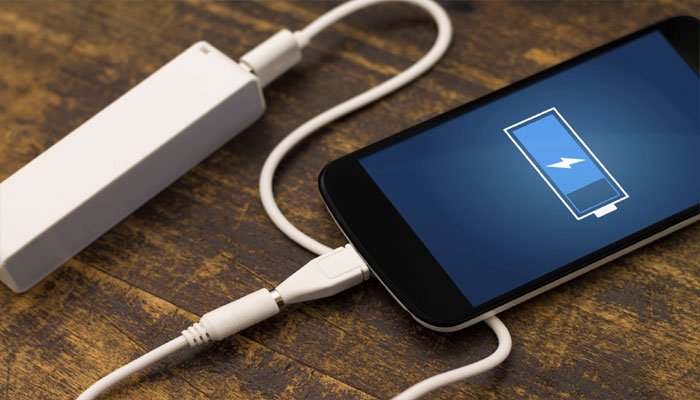
Based on battery technology and made from layers of black phosphorus that are only a few atoms thick, the new device generates small amounts of electricity when it is bent or pressed even at the extremely low frequencies characteristic of human motion.
Washington: When you are on the go and the battery on your phone is running low, in the not-so-distant future, youll be able to power it simply by plugging it into your jacket or skirt. A new, ultrathin energy harvesting system developed at Vanderbilt Universitys Nanomaterials and Energy Devices Laboratory has the potential to do just that.
Based on battery technology and made from layers of black phosphorus that are only a few atoms thick, the new device generates small amounts of electricity when it is bent or pressed even at the extremely low frequencies characteristic of human motion.
"In the future, I expect that we will all become charging depots for our personal devices by pulling energy directly from our motions and the environment," said Cary Pint, who directed the research.Pint noted that compared to the other approaches designed to harvest energy from human motion, their method has two fundamental advantages - the materials are atomically thin and small enough to be impregnated into textiles without affecting the fabric`s look or feel and it can extract energy from movements that are slower than 10 Hertz over the whole low-frequency window of movements corresponding to human motion.
Doctoral students Nitin Muralidharan and Mengya Li co-led the effort to make and test the devices.
"When you look at Usain Bolt, you see the fastest man on Earth. When I look at him, I see a machine working at 5 Hertz," said Muralidharan.Extracting usable energy from such low frequency motion has proven to be extremely challenging.
For example, a number of research groups are developing energy harvesters based on piezoelectric materials that convert mechanical strain into electricity. However, these materials often work best at frequencies of more than 100 Hertz.
This means that they dont work for more than a tiny fraction of any human movement so they achieve limited efficiencies of less than 5-10 percent even under optimal conditions.The Vanderbilt labs ultrathin energy harvester is based on the group`s research on advanced battery systems.
Over the past 3 years, the team has explored the fundamental response of battery materials to bending and stretching. They were the first to demonstrate experimentally that the operating voltage changes when battery materials are placed under stress. Under tension, the voltage rises and under compression, it drops.
The researchers acknowledge that one of the challenges they face is the relatively low voltage that their device produces. It`s in the millivolt range. However, they are applying their fundamental insights of the process to step up the voltage.
They are also exploring the design of electrical components, like LCD displays, that operate at lower than normal voltages.One of the more futuristic applications of this technology might be electrified clothing. It could power clothes impregnated with liquid crystal displays that allow wearers to change colours and patterns with a swipe on their smartphone.
"We are already measuring performance within the ballpark for the power requirement for a medium-sized low-power LCD display when scaling the performance to thickness and areas of the clothes we wear," Pint said.The study is published in the journal ACS Energy Letters.
Hi! I am a robot. I just upvoted you! I found similar content that readers might be interested in:
http://www.newkerala.com/news/fullnews-256349.html
I am Happy if some one learn more